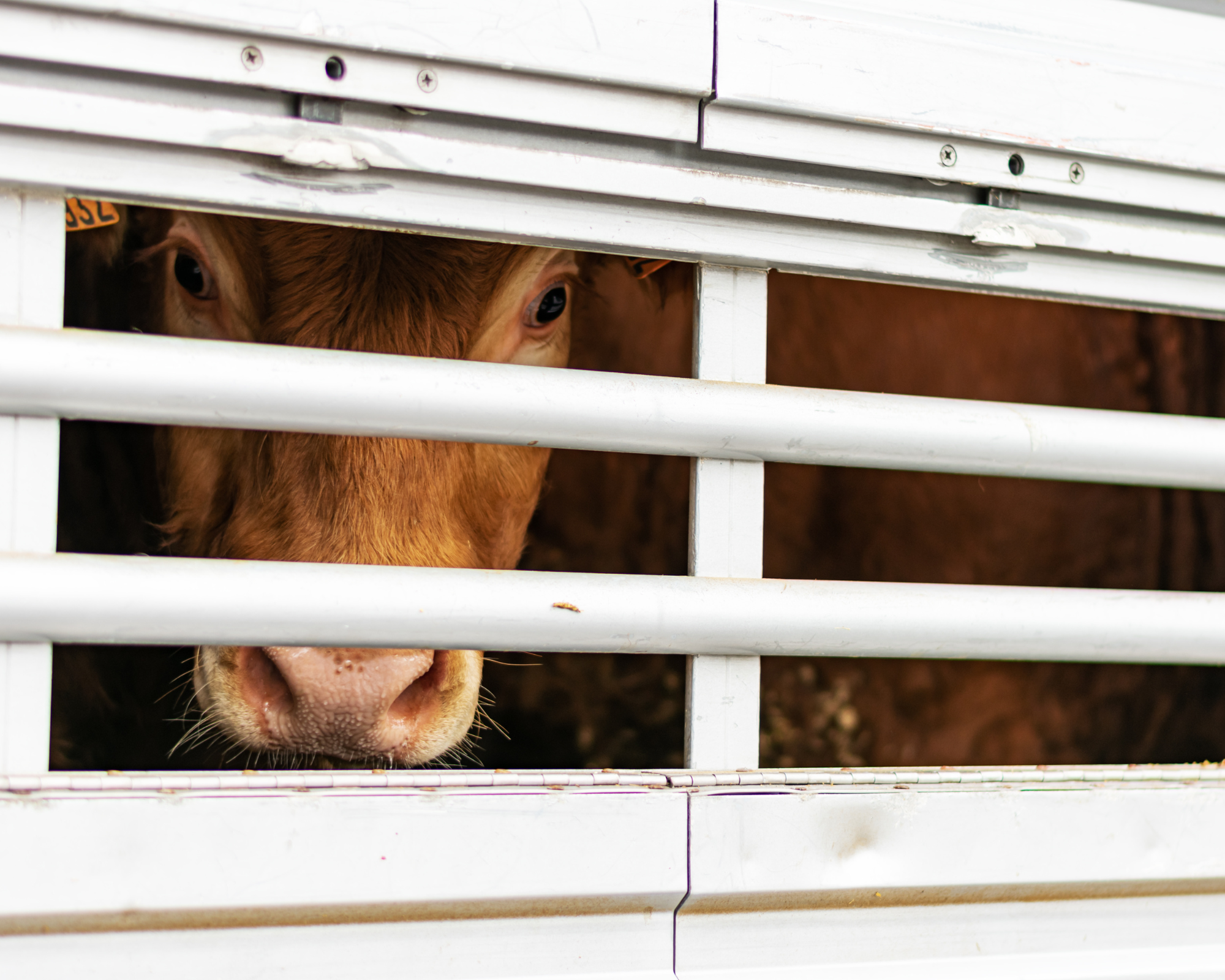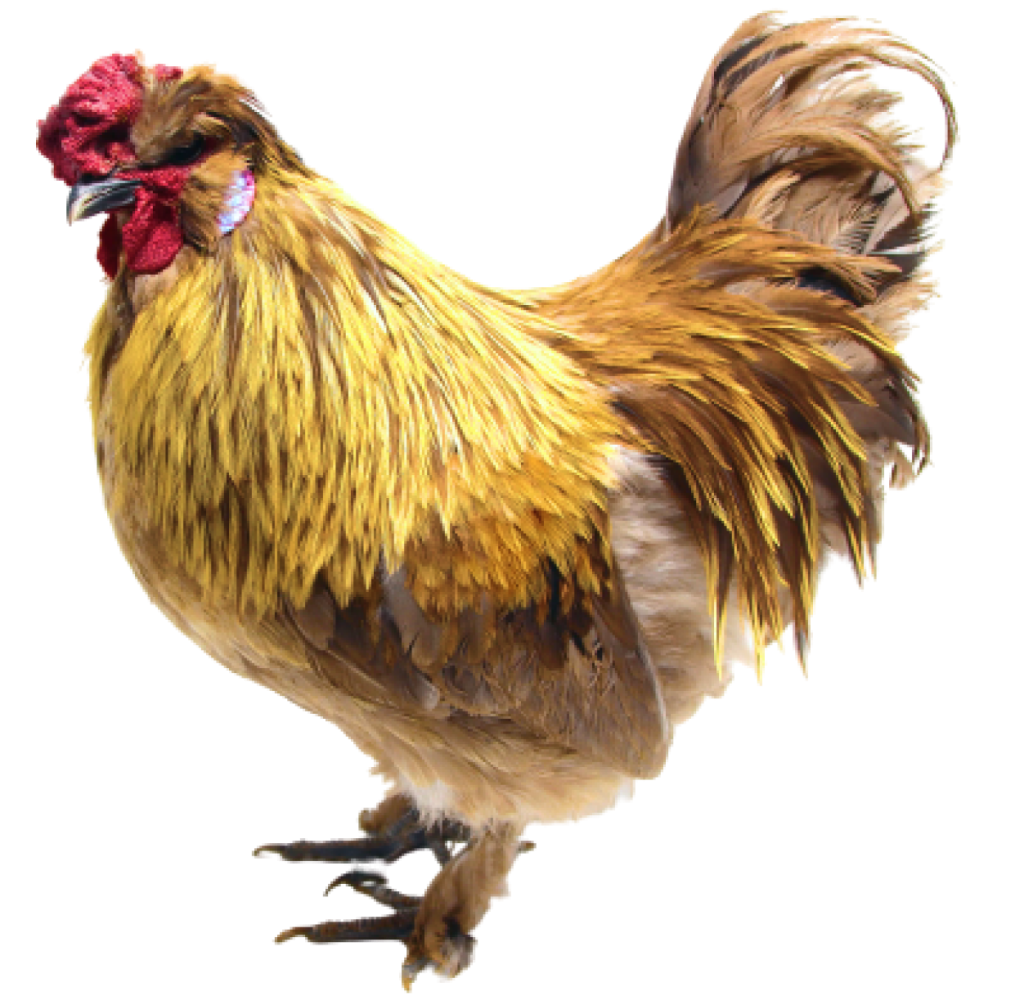Research and Data Combined with Information to Critically Evaluate the Source
Essential Information
Many resources include funding sources, conflicts of interest, and study strengths and limitations.
Select
Sources
Resources are drawn from sources that have undergone a selection process.
Variety of
Resources
Organized by peer-reviewed articles, datasets, and other documents, including legal, reports, and more.
Start Your Search Now
Or, scroll down for an overview of our topics. You can also search within specific topics.
Picture: Jo-Anne McArthur/ We Animals Media
The Climate
Our climate is changing and the consequences are inescapable for us, farmed animals, and animals in the wild. Animal agriculture is a significant driver of this change by emitting greenhouse gasses, such as carbon dioxide and methane.
Over half of global food production greenhouse gas emissions in 2010 corresponded with producing animal-based foods.
Expanding grasslands for grazing cows was a primary reason for deforestation in tropical rainforests of northwest South America.
Our
Environment
Using the land and oceans, including to support an animal-based food system, impacts every aspect of our environment, from the air we breathe to the water we drink. Pollution, deforestation, and habitat encroachment also drastically change the lives of the wild animals with whom we share this planet.
Human Health
Raising animals for food is linked to health risks. Close contact with farmed animals can spread diseases, threatening the health of workers and their communities. The resulting animal-based products are associated with an increased risk of multiple health concerns.
The substitution of a small percentage of animal protein by plant protein was estimated to decrease risk of death by approximately 10%.
The Mỹky people have faced many pressures from Brazilian ranchers such as significantly reduced territory and restricted access to food and culturally important plants.
Communities
We live alongside animals, both farmed and wild. Complexes built to house farmed animals can negatively impact the surrounding communities by emitting noxious odors, reducing property values, and increasing residents’ risk of disease exposure. Our communities must also manage their relationships with wild animals in urban, rural, and natural settings.
Animals
For many animals, we directly contribute to their suffering or well-being. Understanding our impact raises many questions: What do we know about animals’ experiences? What specific consequences do our actions have for animals? How do our perceptions of animals influence how we treat and use them?
An estimated 83% of individual mammals increased nocturnality in response to human activity.
Highlights

Animals in Transport

Impacts of Concentrated Animal Feeding Operations on Local Communities

Thousands of populations of critically endangered vertebrate animal species have been lost in a century, indicating that the sixth mass extinction is human caused and accelerating.
— Ceballos, G., Ehrlich, P. R., & Raven, P. H. (2020). Vertebrates on the brink as indicators of biological annihilation and the sixth mass extinction
About The Project
Our mission is to encourage critical analysis, support informed decision-making, and foster a deeper appreciation for the impacts arising from human-animal interactions. The Animal Data Project is supported by Food System Innovations.

